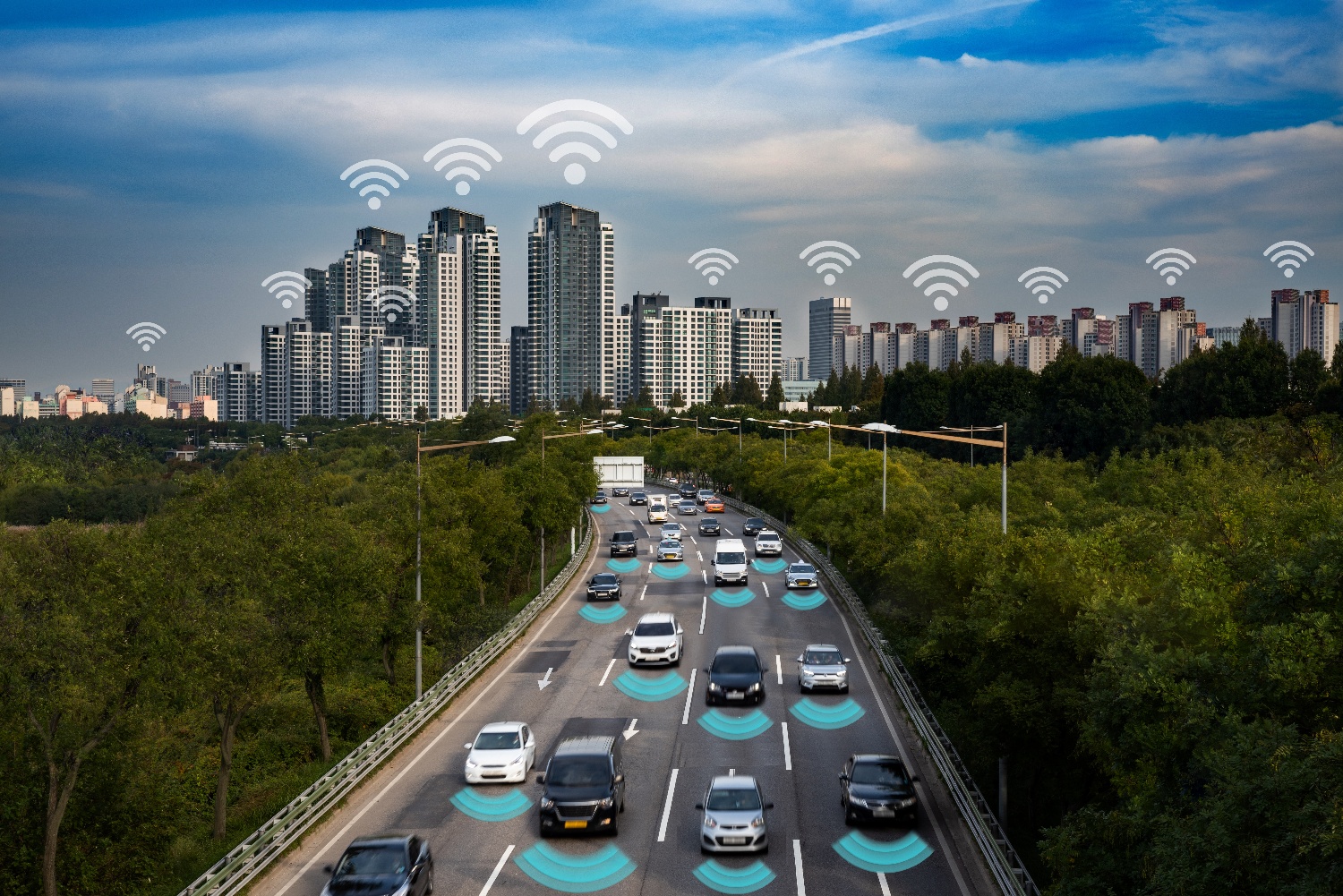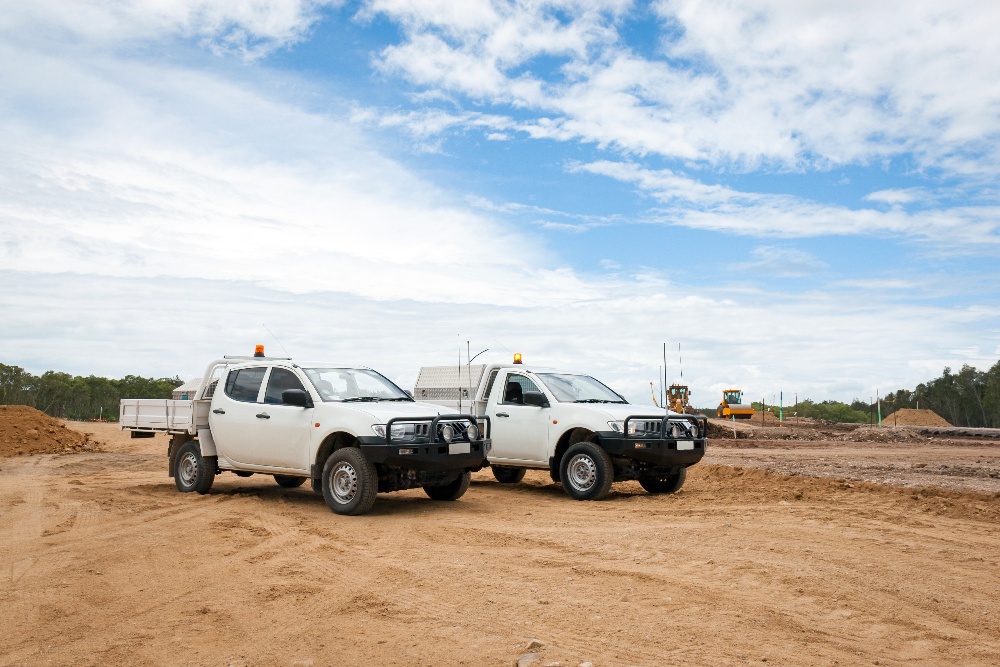Mobile World Congress 2019 was all about 5G – the latest generation of mobile network. You could see 5G cars, 5G breakfast trays and even remotely drive a delivery truck via 5G. The rollout of 5G in Australia has started in capital cities, and almost every manufacturer has launched their 5G smartphone in Mobile World Congress. 5G will revolutionise telematics industry as well. So let’s take a closer look – why is 5G so special?

5G – Just Another Network?
5G is definitely more than just another network, and it will trigger a wave of innovation once it is publicly available. For one, it can be up to 100 times faster than 4G, and huge numbers of devices can connect to the network simultaneously. Combining cutting-edge network technology and the very latest research, 5G should offer connections that are more reliable and significantly faster than current connections, with an average download speeds of around 1GB per second expected to soon be the norm. This means that you could download high-resolution videos or movies in just seconds.
Here are key advantages of 5G network compared to 4G:
- Increased data volume: 1000 times more bandwidth
- Faster data-transfer speed: 10 to 100 times higher speeds
- Low latency (delay in data connection): 60 to 120 times faster
- More devices: up to 100 times more devices can simultaneously be connected in a given area
- Low battery consumption
- Improved reliability
Overall, 5G should significantly improve the bandwidth, capacity and reliability of cellular broadband far more than previous generational shifts.
5G and Internet of Things (IoT)
Since 5G allows up to 100 times more devices be connected at the same time, it will help realise the full potential of IoT – more and more smart connected devices can be “online”. The low latency (delay in data connection) provides real-time interactivity for services using the cloud. A good example is self-driving or remotely operated vehicles, because a split-second delay could mean the difference between safe road traffic and a major crash. Thanks to low power consumption, some connected objects can operate for months or years without the need for human assistance.
New technologies will not only use 5G, but combine that with Artificial Intelligence (AI) and IoT – a next generation network that can transfer a lot of data really fast, with AI processing it and assigning tasks to connected machines, devices and “things”. It is said that fully autonomous vehicles would be impossible without 5G and AI.
“The concept of eSIMs is growing in popularity as the whole concept of device provisioning is changing with 5G technology.” – Junior Barrett, VP of OEM Partnerships at Fleet Complete
Although there aren’t any actual real-life user cases yet, the benefits and potential of 5G is obvious. In communication, 5G can bring even more immersive experiences through augmented and virtual reality. It will better support autonomous control, and this can ultimately change the way vehicles are driven; cloud robotics and remote control will take over big part of manufacturing tasks. Machine intelligence and real-time control help better manager resources in energy and utilities. It may sound like just a lot of buzzwords, but these new technologies can really bloom with the help from 5G networks.
5G and Telematics
With the anticipated application for 5G gearing more towards autonomous fleets and vehicles, its role in today’s telematics landscape is not entirely clear yet. We do, however, see some very promising possibilities.
5G network will allow to stream all aggregate data from vehicles at a millisecond level: data like current tire inflation levels, wheel rotation speed, percentage of application of breaks and all other live operational data from vehicle components.
It will be able to combine it with video telematics data from the surroundings that will construct a complete panoramic view of real-time vehicle navigation, performance, diagnostics, prognostics and predictive analytics. The data will be streamed to a centralised Cloud and interpreted by big data analytics platforms like CONNVEX. It will forge a comprehensive ecosystem for data circulation and communication between parts, components, vehicle’s immediate environment and historic data.


Fleet Complete and CONNVEX team representing connected vehicle and telematics innovations at the Mobile World Congress 2019 in Barcelona, Spain
5G Release Date
Building 5G networks is a huge investment. It is estimated that the rollout of 5G in Australia will cost up to $3 billion on top of the normal network spending for Telstra. 5G areas are expected to be completed by 2020, working alongside existing 3G and 4G technology.
We can’t use the technology yet, but once the networks are in place, 5G will bring in myriad of new connected devices and “things”.

































































